Fast Facts
- When: 11th to 13th April 2024
- Where: Aintree Racecourse, Liverpool, England
- Watch: Most races live on ITV
- Official Website: Grand National Festival
For some racing punters a month may not be quite enough time to recover from the four day rollercoaster that is the Cheltenham Festival. But for those racing fans who are ready for another feast of top jumping action, you’re in luck, as Aintree’s three day Grand National Festival rolls up in early April.
Featuring many of the same horses to have run at Cheltenham, there are ten Grade One contests over the three days which of course climaxes on the Saturday with the most famous steeplechase of them all – the Grand National.
Here we will bring you the best promotions on offer across the three days of the festival when they become available.
Existing Customer Free Bets & Money Back Offers
Please Note: This event has now ended.
Stats Articles
- How Many Mares Have Won the Grand National?
- How Often Does a Grey Horse Win the Grand National?
- What is the Average Number of Finishers in the Grand National?
- Do More Horses Fall in the First or Second Circuit of the Grand National?
- What Percentage of Horses Fall in the Grand National?
- What is the Average Age of the Grand National Winner?
- Which Horses Have Won The Grand National More Than Once?
- Female Jockeys In The Grand National: Has A Woman Ever Won the Race?
- How Often Does The Favourite Win The Grand National?
- Longest & Shortest Odds Winners In The Grand National
Schedule
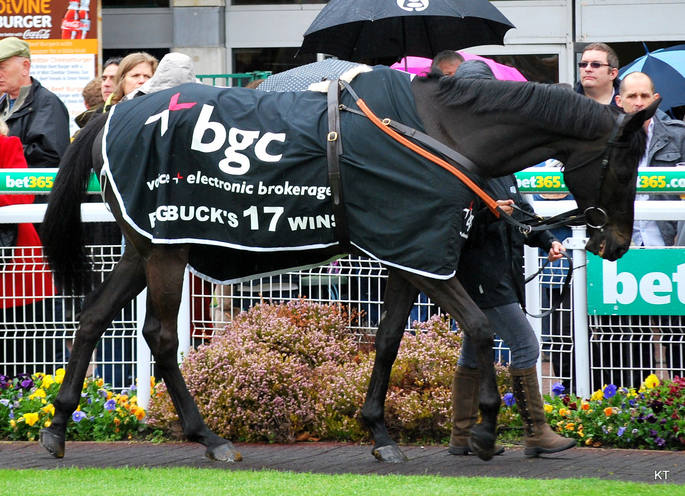
Four-time Liverpool Hurdle winner Big Buck’s by Carinee06, flickr
The Aintree Festival takes place over three days, getting underway on Thursday and culminating with the big race coming on the Saturday. The middle day is always Ladies Day, during which the women of Liverpool and further afield get dressed to the nines and head to the racecourse in order to watch the racing and hopefully win the ‘Best Dressed’ prize.
Whilst the whole country tends to tune in for the Grand National, the days leading up to it are just as exciting and filled with classic races. The best thing to do is to have a look at the different races that are run during the week, giving you an idea of how the race is structured.
Thursday 11th April 2024 – Opening Day
The first day of the Festival is Opening Day and there are seven races. Here’s the racecard:
- 1:45 – Manifesto Novices’ Chase (Grade 1) – 2m 4f
- 2:20 – Anniversary 4-Y-O Juvenile Hurdle (Grade 1) – 2m 1f
- 2:55 – Aintree Bowl Chase (Grade 1) – 3m 1f
- 3:30 – William Hill Aintree Hurdle (Grade 1) – 2m 4f
- 4:05 – Randox Foxhunters’ Open Hunters’ Chase (Class 2) – 2m 5f
- 4:40 – Close Brothers Red Rum Handicap Chase (Premier Handicap) – 2m
- 5:15 – Goffs UK Nickel Coin Mares’ Standard Open NH Flat Race (Grade 2) – 2m 1f
Of those races, the key ones are the Manifesto Chase, the Anniversary 4YO Juvenile Hurdle, the Aintree Bowl, Aintree Hurdle and the Red Rum Handicap Chase. They offer different challenges to the horses and jockeys taking part in them. As you can see, the presence of four Grade 1 races and one each of Grades 2 and Premier Handicap make for a thrilling day.
Friday 12th April 2024 – Ladies Day
The second day of the Festival is Ladies Day, filled with vibrancy and individuality. That’s off the course, whilst on the course there are more exceptional races, as demonstrated by this racecard:
- 1:45 – Mildmay Novices’ Chase (Grade 1) – 3m 1f
- 2:20 – William Hill Handicap Hurdle (Premier Handicap) – 2m 4f
- 2:55 – TrustATrader Top Novices’ Hurdle (Grade 1) – 2m ½f
- 3:30 – My Pension Expert Melling Chase (Grade 1) – 2m 4f
- 4:05 – Randox Supports Race Against Dementia Topham Chase (Premier Handicap) – 2m 5f
- 4:40 – Cavani Sartorial Menswear Sefton Novices’ Hurdle (Grade 1) – 3m ½f
- 5:15 – Lydiate Handicap Hurdle (Class 2) – 2m 1f
Four Grade 1 races sit alongside two Premier Handicaps to ensure that those who have turned up for Ladies Day won’t be leaving disappointed. The Top Novices’ Hurdle, Mildmay Novices’ Chase, Melling Chase, Topham Chase and Sefton Novices’ Hurdle are the races to look out, making Friday as much about novices and chasers as it about the ladies.
Saturday 13th April 2024 – Randox Grand National Day
Grand National Day is the moment that most people have been waiting for, but don’t think that the organisers have chucked a load of pointless races either side of the main event. Here’s the racecard for the day:
- 1:20 – Bridle Road Handicap Hurdle (Premier Handicap) – 3m ½f
- 1:55 – Turners Mersey Novices’ Hurdle (Grade 1) – 2m 4f
- 2:30 – William Hill (Freebooter) Handicap Chase (Premier Handicap) – 3m 1f
- 3:05 – JRL Group Liverpool Hurdle (Grade 1) – 3m ½f
- 4:00 – Randox Grand National Handicap Chase (Premier Handicap) – 4m 2½f
- The big race itself has a prize fund of £1 million and will take around 10 minutes to complete
- 5:00 – Maghull Novices’ Chase (Grade 1) – 2m
- 5:35 – Weatherbys nhstallions.co.uk Standard Open National Hunt Flat Race (Grade 2) – 2m 1f
Once again you can see that there are important races everywhere you look on Grand National Day, with three Grade 1s, one Grade 2 and three Premier Handicaps, including the race the day is named after. All of them are races worth watching, whether to learn something about a horse for the future or simply to get an idea of the going before the National gets underway.
All race times and titles are subject to change.
About the Grand National Festival

The Grand National is billed as ‘The World’s Greatest Steeplechase’, being considered one of the most thrilling races on the National Hunt calendar. Whilst the Gold Cup at Cheltenham is the event for racing purists, the Grand National captures the nation’s imagination and is a thrilling few minutes of racing. As with the Gold Cup, though, the race itself isn’t the only thing going on.
In fact, the Grand National is surrounded by a few days of racing. Aintree Racecourse on Merseyside plays host to it all, offering punters some excellent races to get their teeth into. The Grand National, a Premier Handicap, is obviously the pinnacle of the meeting, but there are eleven Grade 1 races as well as two Grade 2s and five other Premier Handicap races, so plenty to get excited about.
The Founding of Aintree Racecourse – February 1829
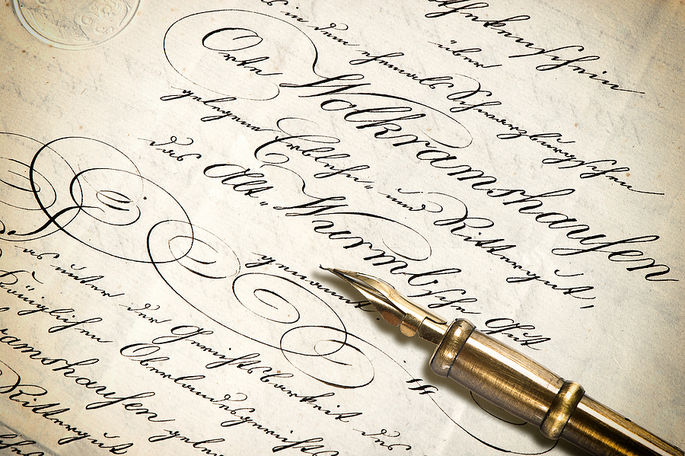
Aintree Racecourse was founded by a man named William Lynn, who was the head of a racing syndicate and owner of the Waterloo Hotel. He initially leased land in Aintree from the 2nd Earl of Sefton, William Molyneux. His first job was to build a grandstand and lay out a course, with the foundation stone for the former being laid on the seventh of February in 1829.
The First Races At Aintree – July 1829
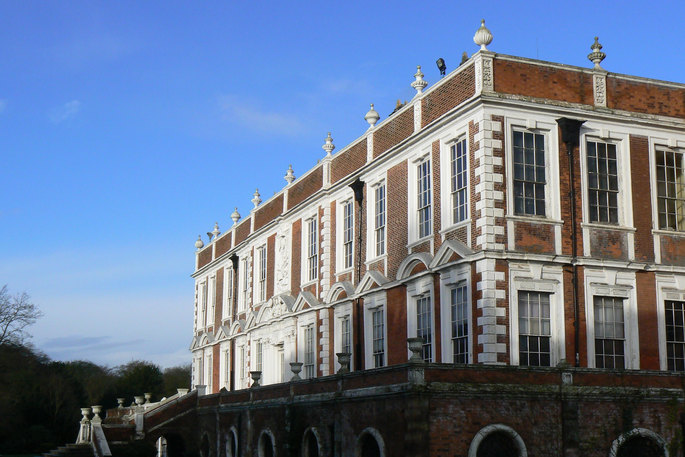
By Peter, flickr
Lynn was a fan of flat racing, which was why he approached Molyneux as he knew that was also. The first time that racing of any sort took place on the newly leased lands was the seventh of July 1829, when the Croxteth Stakes was run over one and a quarter miles. It was won by a horse named Mufti, who cemented his place in the record books.
The racing was good enough to attract the attention of the Jockey Club, which soon started backing it with financial support. The Jockey Club Racing Committee as well as Lord Sefton and some Aintree syndicate members put money into the project to ensure that Aintree Racecourse could grow and grow over the years that followed.
It wasn’t until 1835 that the idea of hurdle racing began to enter Lynn’s mind. One of the jockeys that turned up to take on the course was Captain Martin Becher, a celebrated rider at the time. He reportedly spoke to Lynn about the four-mile point-to-point race the St. Albans Steeplechase, which the Aintree owner found fascinating and intriguing.
Steeplechasing Introduced – 1836
Steeplechasing was introduced to the course in 1836, which was the same year that the new grandstand opened its doors for the first time. It was perhaps an attempt to encourage people to come to the area, with the Saxon words ‘ain tree’ meaning ‘one tree’. That might well have been a suggestion that there wasn’t much in the area of the small Merseyside village.
Even by 1894 the population of Aintree was only three hundred, so the idea of creating a racecourse in such an unused space must have been appealing for Lynn. Horse racing had been a popular pastime in Liverpool since the Tudor times, which is probably what encouraged Lynn to create a four mile steeplechase at his new course, in the hopes of attracting people.
Grand Liverpool Steeplechase Winners
| Year | Winner | Weight | Jockey |
|---|---|---|---|
| 1836 | The Duke | 12-00 | Cpt Martin Becher |
| 1837 | The Duke | 12-00 | Henry Potts |
| 1838 | Sir William | 12-07 | Allen McDonogh |
There remains some debate about whether this race was actually the Grand National or something else entirely, with some historians even debating whether the race took place on the course at all. All we can say is that a course existed at Aintree and Lynn was keen to attract people to it. That eventually happened, mainly thanks to interest from the aristocracy.
Mirabel Topham Takes Over – 1949
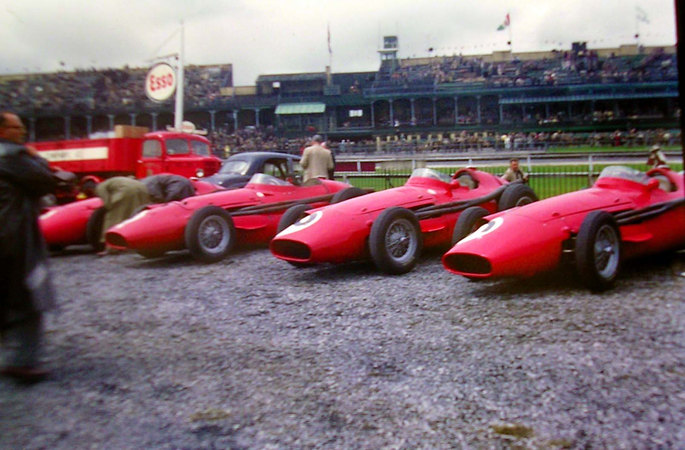
By Terry Whalebone, flickr
Aintree Racecourse has had many colourful characters associated with it over the years, from eccentric owners to talented jockeys. Few of them have had the same influence on the course as Mirabel Topham. The course was bought outright from Lord Sefton by Edward William Topham in 1949, with Mirabel running the racecourse for some years.
She brought in numerous initiatives for the betterment of the course, such as the construction within the track of a motor racing circuit. The work on it began in 1954 and over the years Aintree hosted a European Grand Prix as well as five British Grand Prix. In fact, Aintree was the course on which Stirling Moss won his first British Grand Prix in 1955, doing so again in 1957 and 1959.
Aintree In Danger of Being Sold for Housing – 1973
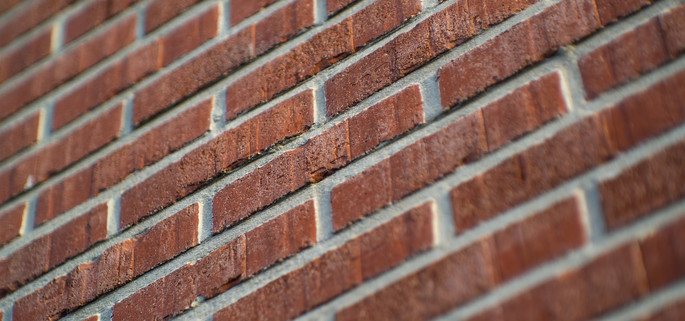
In 1973 the ownership of Aintree Racecourse switched from the Topham family to Bill Davies, a local property developer. Though he offered a commitment to keep the racing going, it was believed by many that his real interest was in making as much money as possible. This was demonstrated in 1975 when he trebled the admission prices for racing.
Davies seemed to be determined to cover Aintree Racecourse in as much housing as possible, which eventually alerted the public to the risk facing the course and, as a consequence, the Grand National itself. A campaign was launched, with public donations eventually allowing the Jockey Club to purchase the racecourse from Davies and secure its future.
The Racecourse Gets Developed – 2008

Under the Jockey Club’s stewardship the racecourse was gradually developed, with the idea being that it should be brought up-to-date as quickly as possible. Around £30 million was spent on the building of a new grandstand, which was opened ahead of the 2008 Grand National meeting. The main race enjoyed numerous sponsors over the years, which allowed for the development.
Grand National Sponsors – 1958 to 2024
| Sponsor | From | To |
|---|---|---|
| Randox Health | 2017 | 2024 |
| Crabbie’s | 2014 | 2016 |
| John Smith’s | 2005 | 2013 |
| Martell Cognac | 1992 | 2004 |
| Seagram | 1984 | 1991 |
| The Sun | 1980 | 1983 |
| Colt Cars | 1979 | 1979 |
| The Sun | 1978 | 1978 |
| News of the World | 1975 | 1977 |
| BP | 1972 | 1973 |
| Vaux Breweries | 1963 | 1963 |
| Schweppes | 1961 | 1962 |
| Irish Hospitals Sweepstake | 1958 | 1958 |
Notable Festival Moments

The Aintree Festival has enjoyed a number of interesting moments over the years, even when you try not to take the Grand National race itself into account. In 2001, for example, there was a fear that the meeting might not be able to take place after the Cheltenham Festival and other meetings had been cancelled due to the foot-and-mouth crisis that year.
Four years earlier and the final day of the Festival had been disrupted because of a bomb threat issued by the Irish Republican Army. Sixty thousand people were evacuated from the course, with two controlled explosions carried out at the ground. Earlier races had been run but the later events were unable to take place. The Grand National itself was run on the Monday.
The Aintree Festival might well have avoided the foot-and-mouth scare of 2001 but it didn’t manage the same escape in 2020. The worldwide health crisis resulted in racing being cancelled all over the country. Ironically, this time the Cheltenham Festival was able to go ahead but the National and associated meeting could not.
The 2020 crisis had resulted in thousands of fatalities around the world by the time the meeting was cancelled, with the Jockey Club announcing that it was ‘no longer appropriate’ to stage the event. Whilst the world of horse racing was obviously devastated, there were also concerns about what it would do to the local economy that depended on the race.
Interesting Facts
The problem with the Aintree Festival is that the Grand National dominates it so thoroughly that most of the interesting facts you can discover about Aintree revolve around the race entirely. Even so, there are some interesting things to tell you that aren’t about the World’s Greatest Steeplechase.
- The meeting was first run over two days in 1856
- The War Office took control of Aintree in 1915, with races moved to Gatwick Racecourse
- The Mildmay Course was added to Aintree by Mirabel Topham
- Flat racing continued at Aintree until 1976
- Michael Jackson performed at Aintree Racecourse in 1988, with 125,000 turning up to watch him
- There are seven vets on site for the meeting
- Around 152,000 people attend Aintree over the course of the three day Festival
- The Aintree Festival plays host to twenty-one races
- Aintree was once a Viking settlement
- Around 300,000 pints and 750,000 cups of tea are drunk during the three day meeting
